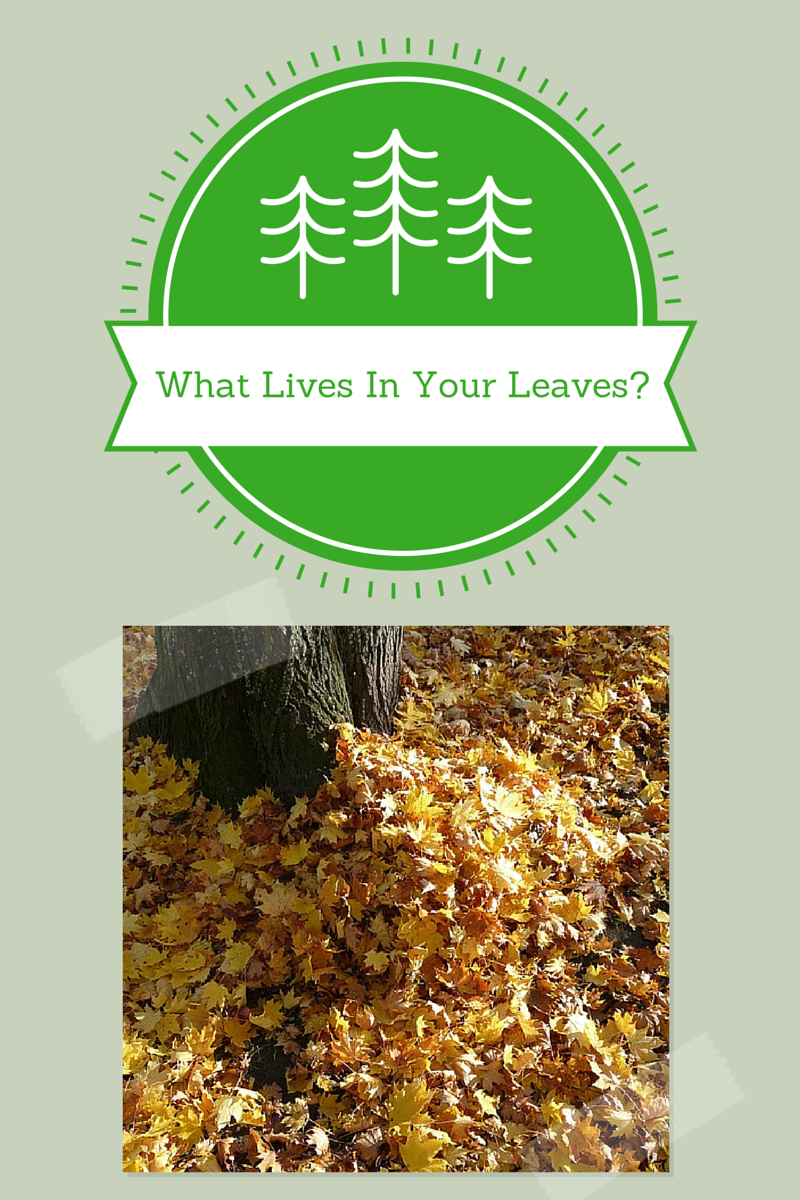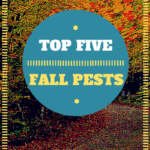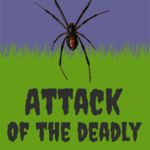
Those leaf piles that your kids can’t wait to dive into may house more dangers than the threat of hidden rocks. Leaves and other plant debris are home to many varieties of pests, and some of these can spread diseases or lead to significant property damage.
Leaf Ecology Basics
In forests and other wooded areas, leaves that fall to the ground are typically disposed of by a range of wildlife. These include numerous species of algae, bacteria and fungi that can emit spores, toxins and other allergens as they reproduce and feed. Those who suffer from allergies already may find that being around leaf waste only worsens their symptoms, especially if fungi successfully spread into nearby building materials.
As they break down cellulose and the other tough molecules found in plant byproducts, decomposers also make these foodstuffs more accessible for higher lifeforms. Insects may find it easier to consume leaves that have been partially degraded, and while such processes eventually foster the growth of new plant life, pests are highly likely to gather in the interim. Many opportunistic insects, like spiders and centipedes, are known to be drawn to leaf piles where they can hunt other bugs.
Serious Pest Dangers
Unfortunately, spiders aren’t the only arachnids of concern found near leaf piles. As birds and mice come to chow down on bugs, they bring ticks with them. These eight-legged vermin can transmit serious blood-borne diseases and pathogens that may even require advanced medical care to cure.
While raking regularly improves the likelihood that you’ll avoid serious infestations, some problems require professional assessment. It may be worth working with a professional to devise a better yard care plan that includes pest mitigation.




